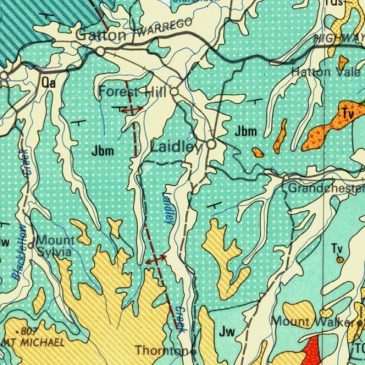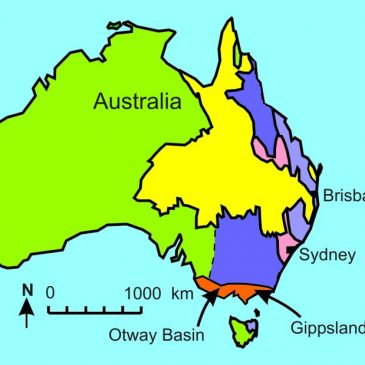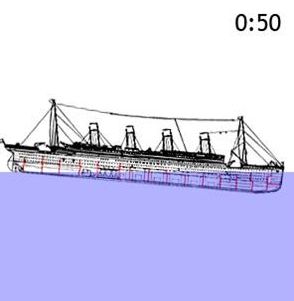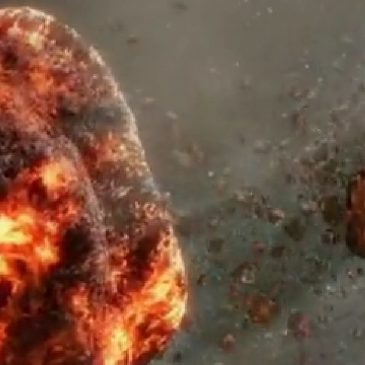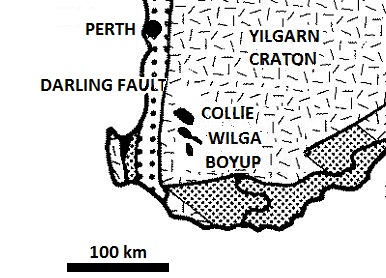Perth geological section, breakup of Gondwana, and the draining of Noah’s Flood
The Bible tells us that the whole world was covered by water at the time of Noah’s Flood. It took five months for the waters to rise and cover “all the high hills under the whole heaven” (Genesis 7:19), and … Continued



